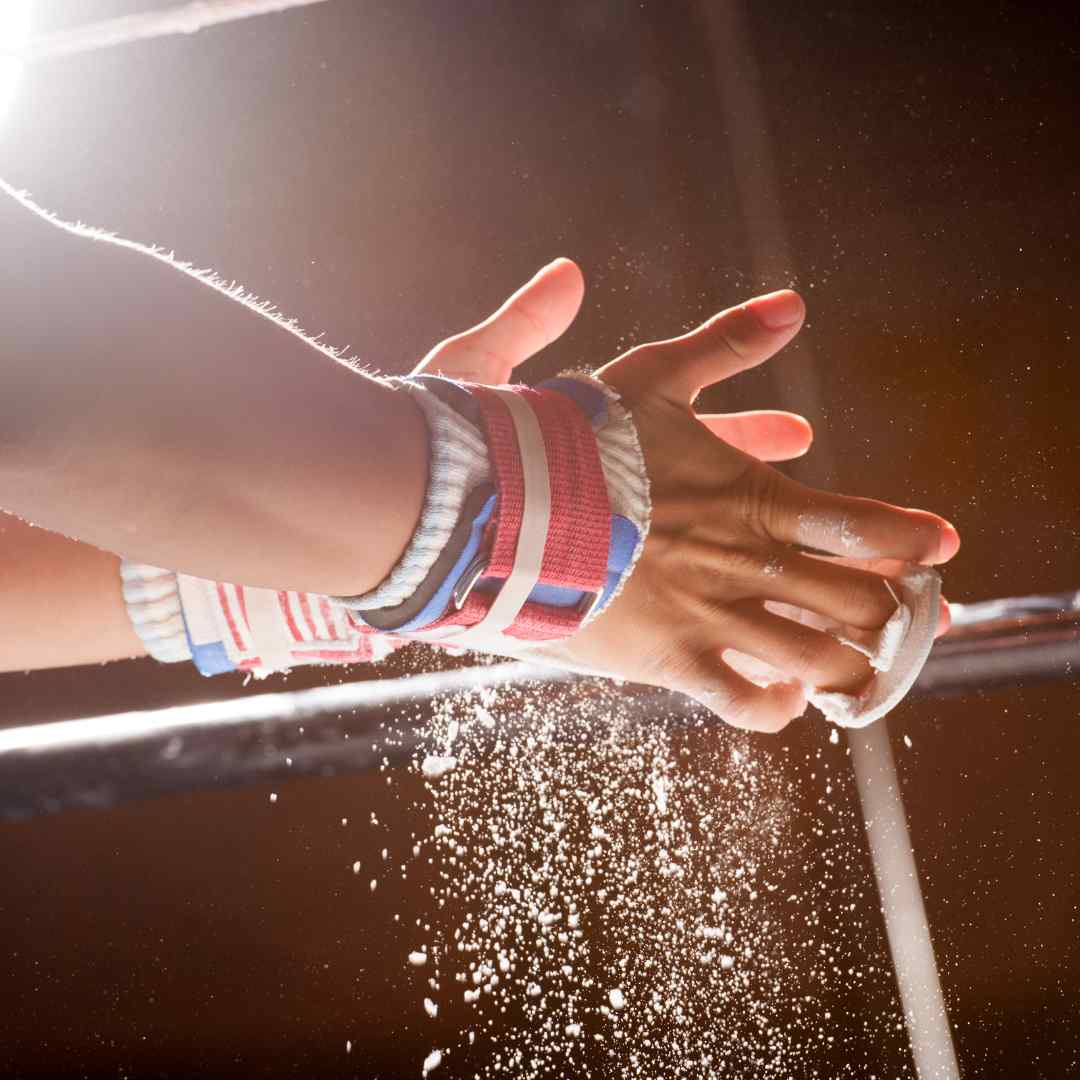Lifting chalk is a vital tool for athletes, weightlifters, powerlifters, and gymnasts. It is used to improve grip and performance, particularly when dealing with heavy weights or equipment. Traditional chalk comes in two forms: block chalk and loose chalk. However, a newer type of chalk, liquid chalk, has gained popularity in recent years. In this blog, we will explore why liquid chalk is a superior option compared to block or loose chalk.
What is Liquid Chalk?
Liquid chalk is made by mixing chalk powder with a liquid binding agent, such as alcohol or resin. The result is a thick liquid that dries quickly on the skin, leaving a thin, even layer of chalk. Once applied, the chalk provides a secure grip on any surface.
Benefits of Liquid Chalk
- Superior Grip: One of the main benefits of liquid chalk is its superior grip. Unlike traditional chalk, which can be messy and inconsistent, liquid chalk provides a consistent and reliable grip. The liquid form allows for an even coating on the skin, which is less likely to rub off or leave a residue on equipment. This is especially important for weightlifting and gymnastics, where a secure grip is crucial.
- Less Messy: Liquid chalk is also less messy compared to traditional chalk. Block and loose chalk can create a cloud of dust that can be irritating to the eyes and lungs. Additionally, cleaning up traditional chalk can be challenging, especially if it gets spilled or knocked over. Liquid chalk, on the other hand, dries quickly and doesn't create any dust, making it a cleaner and more comfortable option.
- Longer-Lasting: Liquid chalk has a more long-lasting effect than traditional chalk. Traditional chalk can wear off quickly, particularly in humid environments or when dealing with sweaty hands. Liquid chalk, however, creates a more durable layer of chalk that lasts longer and provides a more secure grip.
- Convenient: Liquid chalk is a more convenient option compared to traditional chalk. It comes in a small, portable bottle that can easily fit into a gym bag or pocket. This makes it a great option for athletes who are always on the go and need a quick and easy solution to improve their grip.
- Hygienic: Liquid chalk is also more hygienic compared to traditional chalk. Traditional chalk can harbor bacteria and germs, especially if it's shared among multiple users. Liquid chalk, on the other hand, dries quickly and creates a barrier between the skin and the equipment, reducing the risk of infection.
Regulations for Liquid Chalk
While liquid chalk has many advantages, it's important to note that it's not allowed in all gyms or competitions. Some gyms and competitions have banned the use of liquid chalk due to concerns over its messiness and potential damage to equipment. Therefore, it's always essential to check the regulations before using liquid chalk.
How to Use Liquid Chalk
Using liquid chalk is straightforward. Simply apply a small amount of liquid chalk to your hands and rub them together until the chalk is evenly distributed. Wait for the liquid to dry, and you're good to go! One thing to keep in mind is that liquid chalk can be difficult to remove, so be prepared to use soap and water or an alcohol-based cleanser to wash it off.
Conclusion
In conclusion, liquid chalk is a superior option compared to traditional chalk due to its better grip, less messiness, longer-lasting effect, convenience, and hygiene. While it's important to check with gyms and competitions for any restrictions on its usage, liquid chalk is an excellent addition to any athlete's training regimen. It can help improve performance, reduce the risk of injury, and keep athletes safe and healthy.

